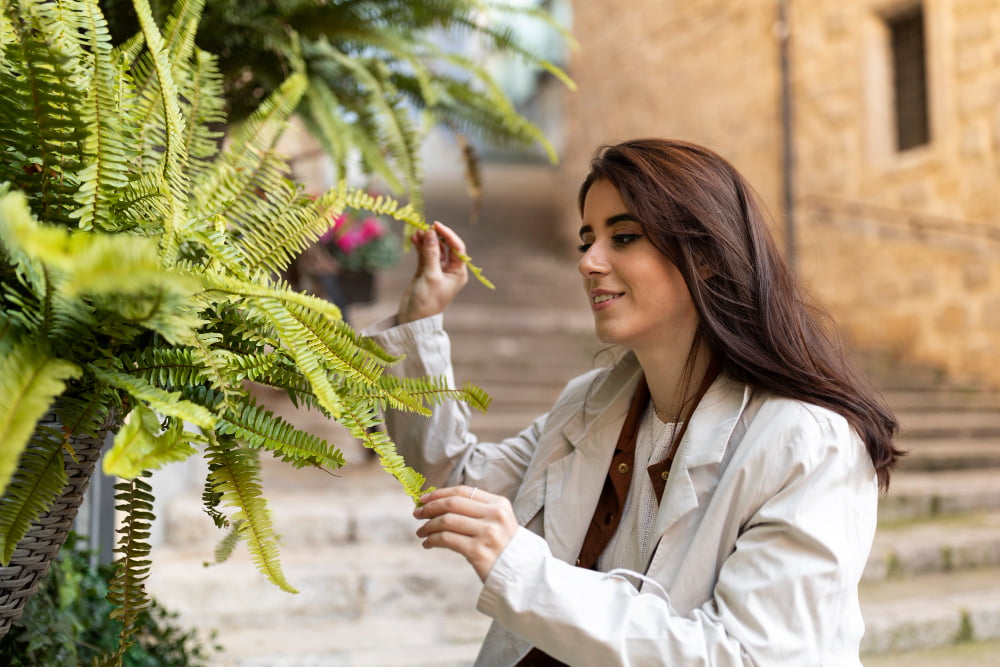Can a Lipstick Plant Live Outside?
Lipstick plants, known scientifically as Aeschynanthus radicans, are cherished for their vibrant blooms and glossy foliage. While they are commonly grown as houseplants, many gardeners wonder if these beautiful plants can thrive outdoors. In this article, we’ll explore the possibilities of growing lipstick plants outside and the factors to consider for their success.
Growing Conditions Indoors vs. Outdoors
Indoors, lipstick plants require bright, indirect light and consistent temperatures to thrive. However, growing them outdoors opens up new possibilities, provided the conditions are suitable.
Growing Lipstick Plants Outdoors
Climate Considerations
Suitable Climate Zones
Lipstick plants thrive in USDA hardiness zones 10 to 12, where temperatures remain consistently warm year-round. These zones typically encompass tropical and subtropical regions, such as southern Florida, Hawaii, and parts of California.
Cold Hardiness
While lipstick plants can tolerate brief periods of cooler temperatures, they are sensitive to frost. In regions with colder climates, it’s essential to provide protection during winter months to prevent damage to the plants.
Light and Location
Ideal Sunlight Requirements
When growing lipstick plants outdoors, choose a location that receives bright, indirect sunlight. Avoid placing them in direct sunlight, as it can cause leaf scorching and hinder flowering.
Choosing the Right Outdoor Spot
Select a sheltered outdoor spot that provides protection from strong winds and extreme weather conditions. Consider placing lipstick plants under the canopy of larger trees or near structures to provide additional shade and shelter.
Soil and Watering Requirements
Soil Composition
Well-Draining Soil
Lipstick plants prefer well-draining soil that allows excess water to drain away quickly. Use a mix of peat moss, perlite, and compost to create a loose, aerated growing medium.
pH Levels
Maintain slightly acidic soil with a pH level between 5.5 and 6.5 for optimal growth. Test the soil periodically and amend it as needed to maintain the desired pH balance.
Watering Needs
Establishing a Watering Routine
Water lipstick plants regularly, keeping the soil evenly moist but not waterlogged. During hot summer months, increase watering frequency to prevent the soil from drying out.
Drought Tolerance
While lipstick plants prefer consistent moisture, they can tolerate brief periods of drought once established. However, prolonged drought can stress the plants and affect flowering.
Protection and Maintenance
Pest and Disease Control
Common Outdoor Pests
Outdoor lipstick plants may be susceptible to pests such as aphids, mealybugs, and spider mites. Monitor the plants regularly for signs of infestation and treat them promptly with organic pest management methods.
Organic Pest Management
Use natural remedies such as neem oil, insecticidal soap, or homemade botanical sprays to control pests without harming beneficial insects or the environment.
Winter Care
Frost Protection
In regions where frost is a concern, provide protection for outdoor lipstick plants during the winter months. Cover them with frost cloth or move them to a sheltered location to prevent frost damage.
Pruning and Cleanup
Perform pruning and cleanup tasks regularly to remove dead or diseased foliage and promote healthy growth. Trim back overgrown branches to maintain a compact, bushy shape.
Conclusion
While lipstick plants are primarily grown as houseplants, they can thrive outdoors in suitable climates with the right care and attention. By providing adequate sunlight, well-draining soil, and regular maintenance, you can enjoy the beauty of lipstick plants in your outdoor garden or landscape.
FAQs
Can lipstick plants survive winter outdoors?
Lipstick plants can tolerate brief periods of cooler temperatures but are sensitive to frost. In regions where frost is a concern, provide protection for outdoor lipstick plants during the winter months to prevent damage.
How much sunlight does a lipstick plant need outdoors?
Lipstick plants prefer bright, indirect sunlight when grown outdoors. Choose a location that receives filtered sunlight or partial shade to avoid leaf scorching and promote healthy growth.
Do outdoor lipstick plants attract pests?
Outdoor lipstick plants may attract pests such as aphids, mealybugs, and spider mites. Monitor the plants regularly for signs of infestation and treat them promptly with organic pest management methods.
Can I bring my outdoor lipstick plant indoors during winter?
Yes, you can bring outdoor lipstick plants indoors during the winter months to protect them from frost and cold temperatures. Place them in a bright, sunny location indoors until the weather improves.
Can I propagate lipstick plants from outdoor specimens?
Yes, you can propagate lipstick plants from outdoor specimens using methods such as stem cuttings or leaf propagation. Select healthy plant material and follow proper propagation techniques for best results.






